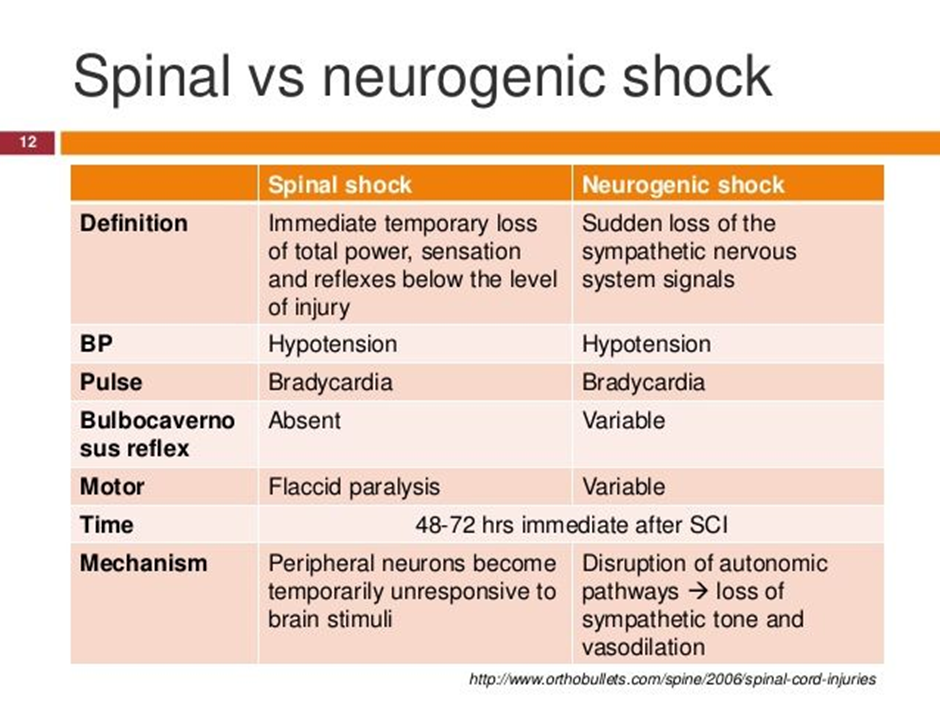A nurse is providing care to a client who is experiencing wheezing after receiving an antibiotic 20 min ago. Which of the following findings is the priority of the nurse to monitor for?
Decreased blood pressure
Stomach pain
Urticaria
Lightheadedness
The Correct Answer is A
Choice A Reason:
Decreased blood pressure is correct. Decreased blood pressure (hypotension) is the priority finding to monitor for because it is indicative of a severe allergic reaction known as anaphylaxis. Anaphylaxis is a potentially life-threatening condition that can lead to shock, organ failure, and death if not promptly treated. Hypotension in the context of an allergic reaction suggests widespread vasodilation and increased vascular permeability, resulting in a decrease in blood pressure.
Choice B Reason:
Stomach pain is incorrect. Stomach pain may indicate gastrointestinal distress or adverse effects of the antibiotic, but it is not typically as immediately life-threatening as decreased blood pressure in the context of anaphylaxis. While abdominal pain should not be ignored, it is not the priority finding when assessing for signs of anaphylaxis.
Choice C Reason:
Urticaria is incorrect. Urticaria, also known as hives, is a common allergic reaction characterized by raised, itchy welts on the skin. While urticaria can be uncomfortable and distressing, it is not immediately life-threatening. However, urticaria may be a precursor to more severe allergic reactions, such as anaphylaxis, so it is still important to monitor closely.
Choice D Reason:
Lightheadedness is incorrect. Lightheadedness may occur as a result of hypotension in the context of anaphylaxis, but it is not as critical as directly monitoring blood pressure. Lightheadedness may also be caused by other factors, such as anxiety or dehydration, and may not always indicate a severe allergic reaction. While it is important to assess for lightheadedness and monitor the client's overall condition, it is not the priority finding compared to decreased blood pressure.
Nursing Test Bank
Naxlex Comprehensive Predictor Exams
Related Questions
Correct Answer is D
Explanation
Choice A Reason:
Hypertension is not typically associated with heterotopic ossifications. However, it may occur in individuals with spinal cord injuries (SCI) due to autonomic dysreflexia, a condition characterized by an exaggerated sympathetic response to stimuli below the level of injury. Autonomic dysreflexia can lead to a sudden increase in blood pressure, which, if left untreated, can result in complications such as stroke or seizure. However, hypertension is not directly related to heterotopic ossifications.
Choice B Reason:
Bradycardia is also not typically associated with heterotopic ossifications. Like hypertension, bradycardia may occur in individuals with SCI due to autonomic dysreflexia. Autonomic dysreflexia can lead to a sudden increase in blood pressure and a reflex bradycardia in response to the increased sympathetic outflow. However, bradycardia is not directly related to heterotopic ossifications.
Choice C Reason:
Fecal impaction is a potential complication of spinal cord injury (SCI) due to impaired bowel function, but it is not directly related to heterotopic ossifications. SCI can disrupt normal bowel motility and result in neurogenic bowel dysfunction, leading to symptoms such as constipation, fecal impaction, and bowel obstruction. However, fecal impaction is not specific to heterotopic ossifications.
Choice D Reason:
Arthralgia is correct. Heterotopic ossifications (HO) involve the abnormal formation of bone in soft tissues around joints, muscles, tendons, or ligaments. When HO occurs around joints, it can lead to symptoms such as pain, swelling, and decreased range of motion, collectively known as arthralgia. Therefore, arthralgia is a common finding associated with heterotopic ossifications in individuals with spinal cord injuries.
Correct Answer is ["B","D","E"]
Explanation
Choice A Reason:
Metoprolol is incorrect. Metoprolol is a beta-blocker medication commonly used to treat conditions such as hypertension, angina, and heart failure. However, in the context of neurogenic shock following a spinal cord injury, the use of beta-blockers such as metoprolol is generally contraindicated. Beta-blockers antagonize the effects of sympathetic activation, leading to a reduction in heart rate and myocardial contractility, which can exacerbate hypotension and bradycardia, the hallmarks of neurogenic shock. Therefore, the nurse would not anticipate a prescription for metoprolol in the management of neurogenic shock.
Choice B Reason:
Lactated Ringers intravenous fluid is correct. Fluid resuscitation with isotonic crystalloid solutions such as lactated Ringers is essential to restore intravascular volume and improve perfusion.
Choice C Reason:
Furosemide is incorrect. Furosemide is a loop diuretic medication commonly used to treat conditions such as heart failure, edema, and hypertension by promoting diuresis and reducing fluid volume. However, in the context of neurogenic shock, the use of diuretics such as furosemide is generally not indicated unless there is concurrent volume overload. Neurogenic shock is characterized by hypotension due to vasodilation and decreased systemic vascular resistance, often leading to relative hypovolemia rather than volume overload. Therefore, administering furosemide could further decrease intravascular volume, exacerbating hypotension and compromising perfusion. As a result, the nurse would not anticipate a prescription for furosemide in the management of neurogenic shock.:
Choice D Reason:
Dopamine is correct. Dopamine is a vasopressor medication that acts to increase vascular tone and blood pressure by stimulating alpha-adrenergic receptors. It is commonly used in the management of neurogenic shock to augment blood pressure.
Choice E Reason:
Epinephrine is correct. Epinephrine is a potent vasopressor that acts on both alpha and beta-adrenergic receptors, leading to vasoconstriction and increased cardiac output. It is used in the treatment of refractory hypotension in neurogenic shock.

Whether you are a student looking to ace your exams or a practicing nurse seeking to enhance your expertise , our nursing education contents will empower you with the confidence and competence to make a difference in the lives of patients and become a respected leader in the healthcare field.
Visit Naxlex, invest in your future and unlock endless possibilities with our unparalleled nursing education contents today
Report Wrong Answer on the Current Question
Do you disagree with the answer? If yes, what is your expected answer? Explain.
Kindly be descriptive with the issue you are facing.
